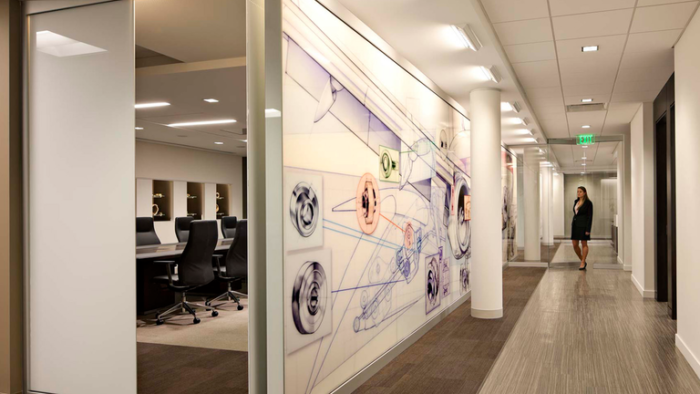Any building that has been offline for a significant period of time is like a ship that has been mothballed—it needs recommissioning.
But with a systematic approach to reopening, manufacturers can have a safe and productive Day 1 return and implement design changes that will enable success at a time when living with COVID-19 is a reality.
By Robert May & Michael Tyre for Industry Week
Robert Benson Photography
As governors around the country begin to reopen the economy, manufacturers are preparing their facilities to welcome employees back. Closing was likely much easier than opening will be.
Any building that has been offline for a significant period of time is like a ship that has been mothballed—it needs recommissioning. Addressing mechanical and system issues that may have cropped up due to lack of use comes on top of a flood of guidance and regulations from OSHA, the CDC, EPA, and state government agencies. Some states have an official self-certification process to receive a reopen badge. Plus, manufacturers have the added challenge of two types of workplaces: offices and a shop floor.
It can feel overwhelming. But with a systematic approach to reopening, manufacturers can have a safe and productive Day 1 return and implement design changes that will enable success at a time when living with COVID-19 is a reality.
Is This Thing on?
It’s likely that many systems in your building have been offline for the longest period of time since they were installed. Everything may look OK at first, but a couple of months is long enough for rodents, insects, or mold to find their way into ducts, plumbing or electrical systems.
Every system needs to be thoroughly inspected and tested as if your building were new construction. For instance, domestic water systems need to be flushed (and potentially chlorinated), and hot water systems should operate at a temperature of 140°F for at least two hours with recirculating pumps operating at full flow. The reopening process can also be an opportunity to make HVAC upgrades in the interest of indoor air quality by adding HEPA filters and/or ultraviolet germicidal irradiation (UVGI).
Measure anything measurable, such as the efficiency of air intakes and return ducts, temperature and humidity readings, water pressure, boiler chemistry, space ventilation rates and outside airflows. Results that don’t match up to the original design values may tip you off to problems that can be addressed now to avoid major headaches later.



